
How we see German International School Toronto
Compare with:
How German International School Toronto sees itself
"The German International School Toronto, an IB world school, provides a unique environment for learning in German, English and French. The combination of the German curriculum, known for its excellence, and the Ontario curriculum ensures a well-rounded education in subjects like math, science, languages, and the arts (STEAM). The school promotes critical thinking, creativity, and problem-solving skills and, through its Charakter program, encourages students to become independent and lifelong learners."
"Modern, state-of-the-art education must go beyond academic excellence. We believe that a balanced and challenging program of character education sets the stage for children’s educational success. Our character framework inspires every child to be their best self. To achieve this, we rely on an individualized approach to learning and an excellent student-teacher ratio, along with the development of monthly character themes."
"As a German School Abroad that is part of a network of over 140 schools worldwide, we follow both the German and Ontario curricula. Our students receive a high-quality education and obtain German as well as local qualifications. The emphasis on individual development, multilingualism and intercultural exchange form the cornerstones of the German International School Toronto. It opens a world of opportunities for its students to communicate and interact with people from all over the world."
"Our highly qualified and internationally experienced faculty and staff are the foundation of our German School Abroad, providing a wealth of international knowledge and experience that ultimately has a positive impact on students' academic and learning experiences."
"At GIST we know every student and we care for every student! The small class sizes enable our teachers to respond individually to the students and not only support them in their learning process, but also challenge them to develop into intelligent, independent, and self-confident young people. In addition, small learning groups allow for more intensive support and encouragement of the students: we see the children with their individual needs, talents, and characters."


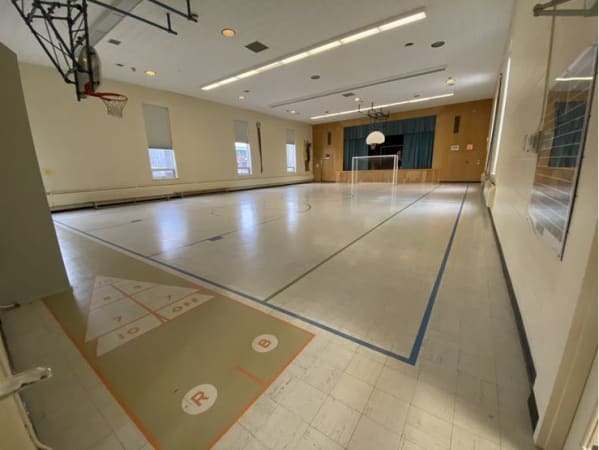

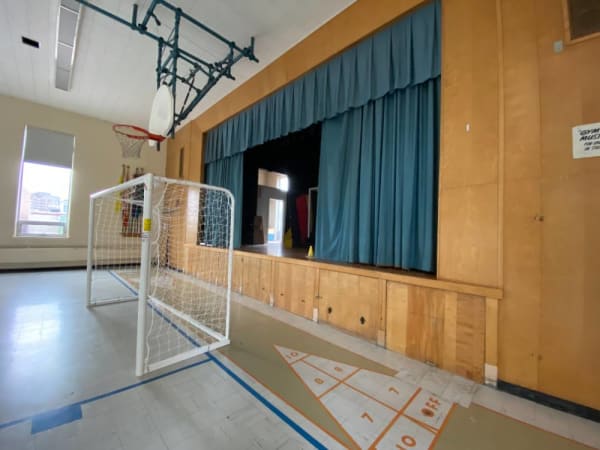


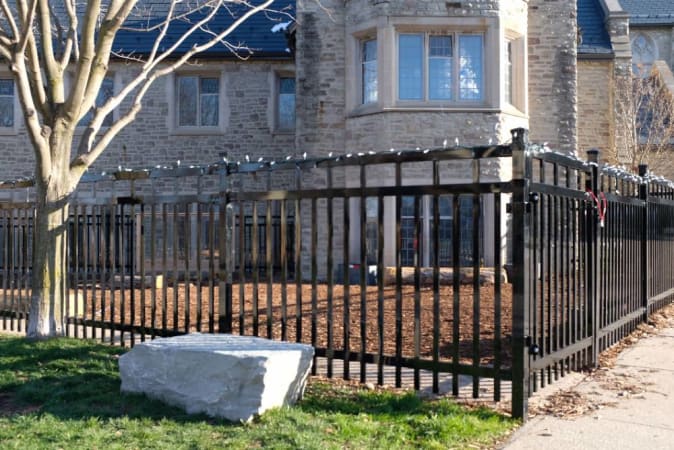



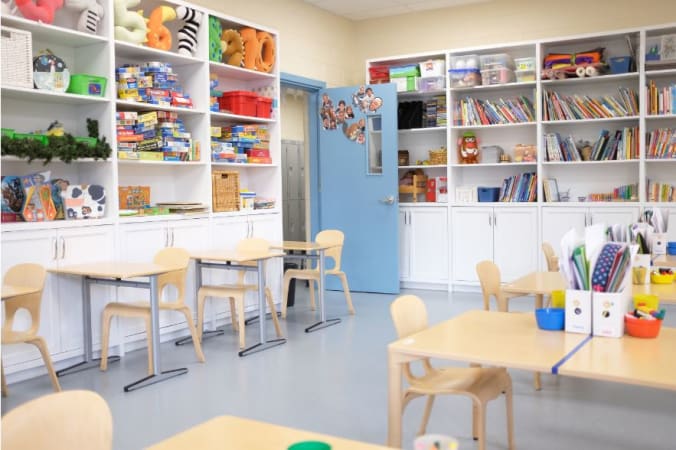
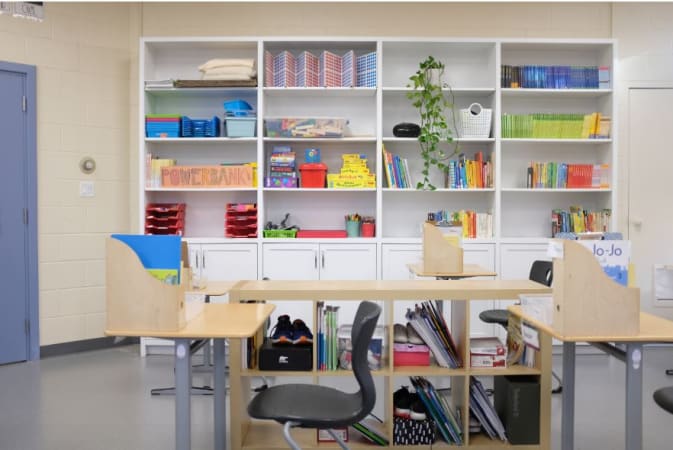



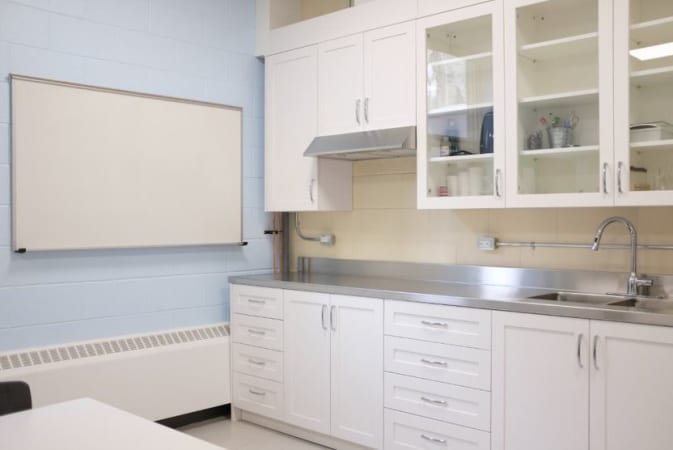
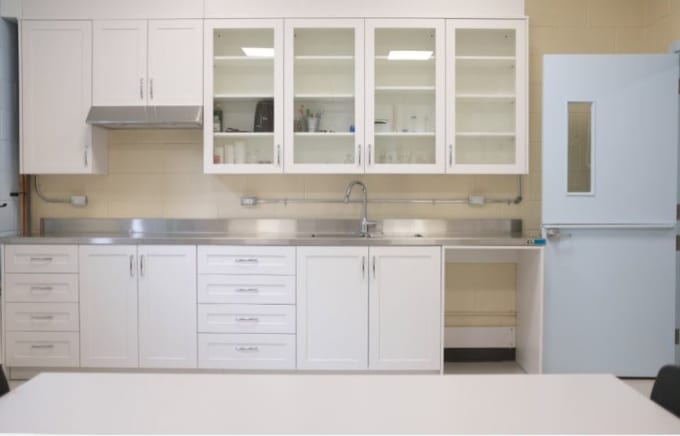



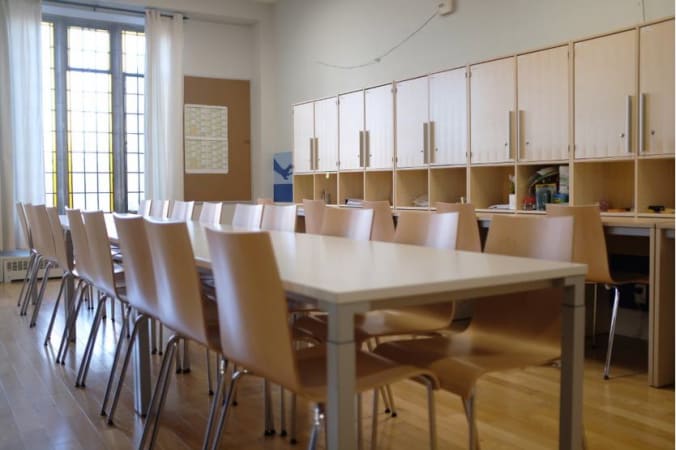


How people from the school’s community see German International School Toronto
Top-down influence on the school’s direction and tone

Rouven Hollmann, Principal
The German International School Toronto is a private, co-educational, German immersion school which provides students with a unique international perspective by combining the best of both the Canadian and German curricula.
Non-denominational and co-educational, the German International School Toronto teaches German and English-speaking students side by side and offers its students a seamless transition into both the Canadian and the European school systems. With classes from Kindergarten through Grade 11, the school creates a unique, multicultural experience within a warm and nurturing environment.
By combining a strong curriculum with small class sizes, a wide array of cultural events and extracurricular programs, including Drama, Art and Music, the school allows students to excel academically and develop individually. As Ontario’s only German full-time day school and one of 140 recognized German Schools worldwide, we offer a very attractive alternative to other Canadian independent schools.
The German International School Toronto is part of a network of 140 German Schools Abroad which are sponsored by the Central Agency for Schools Abroad (ZfA) on behalf of the Federal Foreign Office. From Kuala Lumpur to Kiev and Toronto to Tokyo German Schools Abroad place particular emphasis on individual development, multilingualism and intercultural exchange. With the support of the Federal Republic of Germany and excellent teachers, students of German Schools Abroad receive a first-class education and obtain German as well as local qualifications. It is the German language and culture, education, as well as encounters and exchanges that form the cornerstones of German Schools Abroad.
If you’re considering a small school for your extroverted child, make sure it offers plenty of social opportunities, including the ability to seek out and interact with different peer groups. Since smaller schools have smaller and less diverse student populations than big schools, it can sometimes be more challenging for your child to find a like-minded group of friends—friends with similar interests, values, etc.
“It’s important to look at the social makeup of the school,” says Ruth Rumack of Ruth Rumack's Learning Space. "Is there enough variety that your child will have a group that they feel connected with? Because you want to have friends that are like-minded and you want to be in a social situation where you feel honoured and respected. Variety can also be found in extracurriculars, leadership programs, and sports activities, which tend to have kids with a wide range of personalities.”
Also, make sure a school’s teaching and learning approach is suitable for your social child. “For instance, a school focusing on individual learning instead of group learning may not play into your child’s strengths,” say Ann and Karen Wolff, Toronto-based education consultants at Wolff Educational Services. “You want to make sure the social, emotional, and academic realities of the classroom are a match for your child’s personality.”
Throughout the continuum—from the Primary Years Programme (PYP) to the Diploma Programme (DP)—the IB offers plenty of group work, projects, and activities, which can be great for extroverts who often enjoy social and collaborative learning. Also, “Since IB schools have a strong emphasis on community service and activism, your child will have great opportunities to harness their outgoing and collaborative personality,” says Stacey Jacobs, Director of Clear Path Educational Consulting. These schools will also give your child the chance to interact and spend time with a bright, motivated, and ambitious group of kids who may have interests similar to them.
However, given the challenging curriculum and heavy workload of the IB, it can sometimes leave less time for socializing. This makes it especially important to ask about social opportunities at the school, including the ability to interact with different peer groups, both in class and out.
If you’re considering a language immersion school for your extroverted child, make sure it offers a wide range of social opportunities, including the ability to interact with kids outside of class. Since most of your child’s learning won’t be in their mother tongue, they may find it challenging at times to negotiate the complexities of social interaction in the classroom. This makes it especially important to ensure the school offers extensive extracurriculars—such as volunteering, sports teams, and arts programs—which will help your child satisfy their need to interact and make friends.
Smaller schools often have small classrooms and tight-knit communities, which can make it easier for your introverted child to come out of their shell, make friends, and feel like they belong. Since they’re less socially overwhelming, your child should find it easier to navigate their social environment. And since they’re conducive to group work, small classes often have plenty of interaction, which can help your child develop critical interpersonal skills.
Of course, small schools normally have a less diverse student population than big schools, which can sometimes make it more challenging to find a group of like-minded peers—peers with similar personalities, interests, values, etc. This makes it especially important to ask a school about its extracurricular programs, which can help your introverted child establish an intimate social circle.
IB schools give your child the opportunity to interact and spend time with a bright, motivated, and ambitious group of kids who may have interests similar to them. Due to the IB’s heavy focus on group work, the programme offers a social and collaborative learning environment, which can help your introverted child overcome their shyness and get to know their peers well. This can relieve some of the pressure associated with having to take the initiative outside of class to make friends.
Just make sure any school you're considering offers enough independent work time for your introverted child—something which can vary widely between IB schools.
If you’re considering a language immersion school for your introverted child, make sure it offers plenty of social opportunities, including the ability to interact with different peer groups outside of class. Since most of your child’s learning won’t be in their mother tongue, they may find it challenging at times to negotiate the complexities of social interaction in the classroom. This makes it especially important to ensure the school offers extensive extracurriculars—such as student council, volunteering, and team sports—which can enable your child to connect with peers, make new friends outside of class, overcome their shyness, and develop critical social skills.
THE OUR KIDS REPORT: German International School Toronto
Next steps to continue your research:
Continue researching German International School Toronto with OurKids.net, or visit school website.